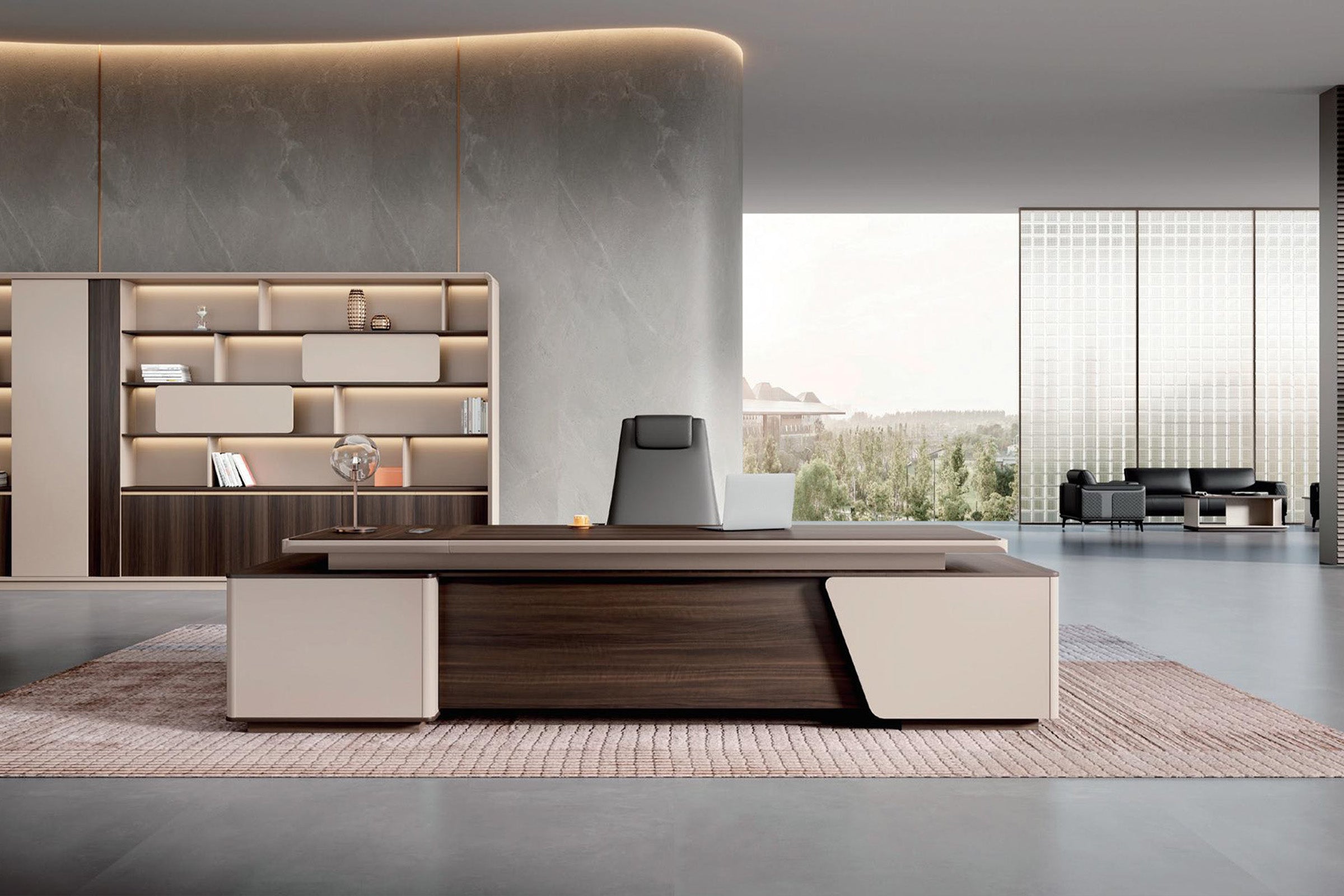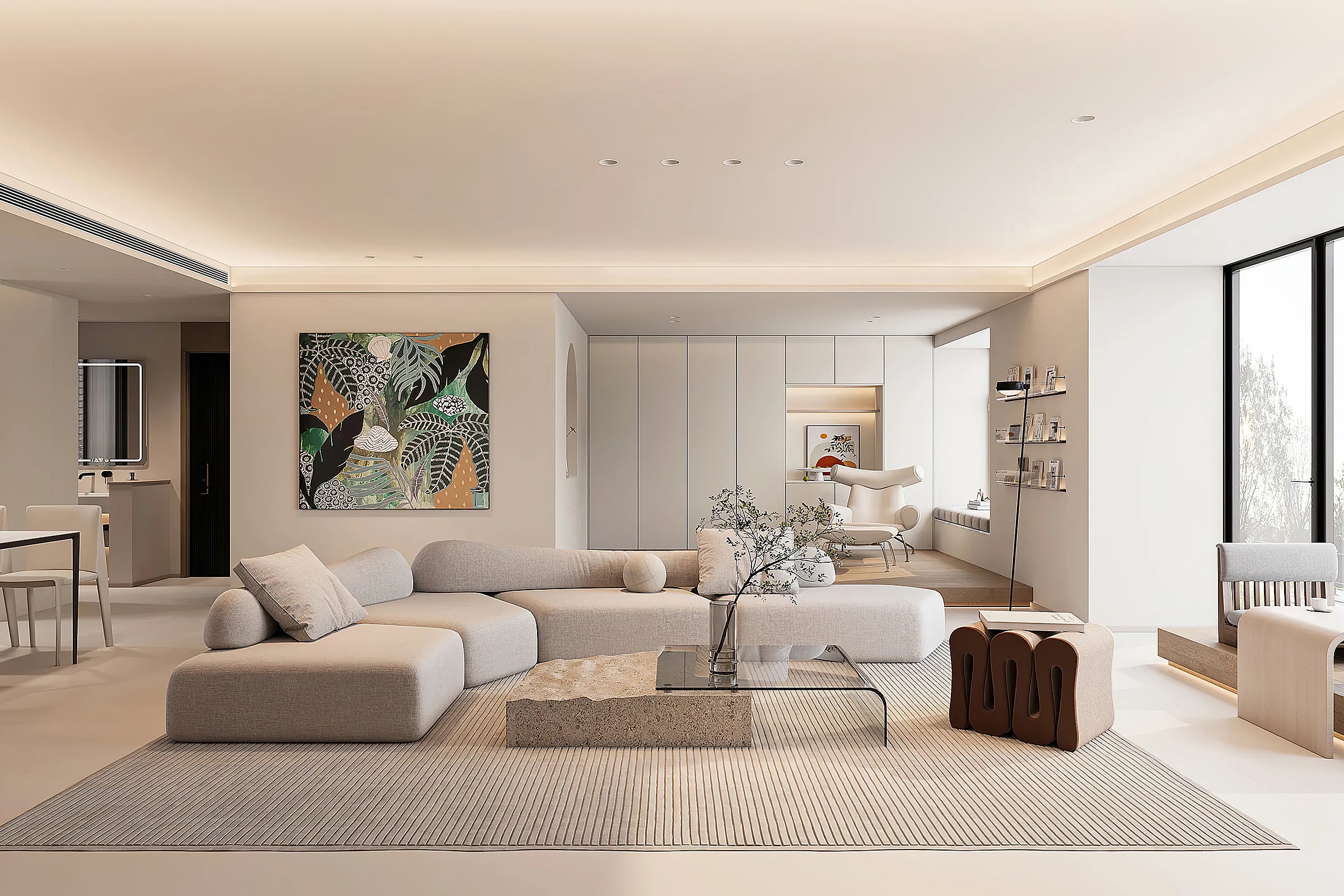|
Content Menu ● What Are Oval Conference Tables? ● Why Choose an Oval Conference Table? >> 1. Enhanced Communication and Sightlines >> 2. Space Efficiency and Seating Capacity >> 3. Safety and Accessibility >> 4. Promotes Equality and Group Discussion >> 5. Versatility and Aesthetic Appeal ● Materials, Sizes, and Customization ● Common FAQs About Oval Conference Tables ● Conclusion Oval conference tables have become a popular and strategic choice for modern meeting rooms, combining style, functionality, and enhanced collaboration. This article explores the key benefits of oval conference tables, why they are preferred over traditional shapes, and answers common questions to help you decide if an oval conference table is the right fit for your workspace.  What Are Oval Conference Tables?Oval conference tables, also known as racetrack tables, feature a distinctive shape with gently curved ends and straight sides, resembling an elongated oval or racetrack. This design merges the advantages of rectangular and round tables, offering a sleek aesthetic and practical benefits for meeting environments. Why Choose an Oval Conference Table?1. Enhanced Communication and SightlinesOne of the primary reasons to select an oval conference table is the improved sightlines it provides. Unlike rectangular tables, where participants at the ends may feel isolated, the oval shape allows everyone to see each other clearly, fostering better eye contact and more effective communication. This inclusivity encourages active participation and collaboration during meetings. 2. Space Efficiency and Seating CapacityOval tables are surprisingly space-efficient. Their rounded edges and elongated shape allow for more seating capacity compared to square or round tables of similar footprint. This makes them ideal for meeting rooms where maximizing seating without crowding is essential. Additionally, the smooth edges facilitate easier movement around the table, improving room flow and accessibility. 3. Safety and AccessibilityThe absence of sharp corners on oval tables enhances safety, especially in tight or crowded meeting spaces. Rounded edges reduce the risk of injury and make it easier for people to navigate around the table comfortably. This accessibility feature is particularly valuable in busy office environments. 4. Promotes Equality and Group DiscussionOval conference tables do not have a defined “head” of the table, which helps eliminate hierarchical seating arrangements. This design encourages equality among participants, making it easier to foster open dialogue and teamwork. Such a setup is beneficial for brainstorming sessions, collaborative projects, and inclusive decision-making. 5. Versatility and Aesthetic AppealOval tables suit a wide range of meeting formats—from formal board meetings to casual team catch-ups. Their elegant and modern design adds sophistication to any conference room, enhancing the professional atmosphere. Many models also offer modular options, allowing reconfiguration to accommodate different group sizes and meeting styles. Materials, Sizes, and CustomizationOval conference tables come in various materials such as wood veneer, laminate, and metal finishes, allowing you to match your office decor. Sizes range from small tables seating 6-8 people to large tables accommodating 12 or more. Some manufacturers also offer customizable options including built-in power modules, USB ports, and cable management systems to support technology integration during meetings. Common FAQs About Oval Conference TablesQ1: How many people can an oval conference table seat? Q2: Do oval tables take up more space than rectangular tables? Q3: Are oval conference tables suitable for formal meetings? Q4: Can oval tables be modular or expandable? Q5: What are the benefits of oval tables over round or rectangular ones? ConclusionOval conference tables offer a compelling blend of style, functionality, and collaboration-friendly features. Their ability to improve communication, maximize seating, and create a safe, inclusive environment makes them an excellent choice for modern meeting spaces. Whether you are outfitting a corporate boardroom, educational institution, or government office, an oval conference table can elevate your meetings and foster better teamwork. Choosing the right oval conference table involves considering room size, seating needs, and desired features, but the benefits make them a versatile and smart investment for any professional setting.  This comprehensive overview highlights why oval conference tables are increasingly favored in office environments, providing both practical advantages and aesthetic appeal to enhance meeting effectiveness. |
- Choosing a selection results in a full page refresh.










